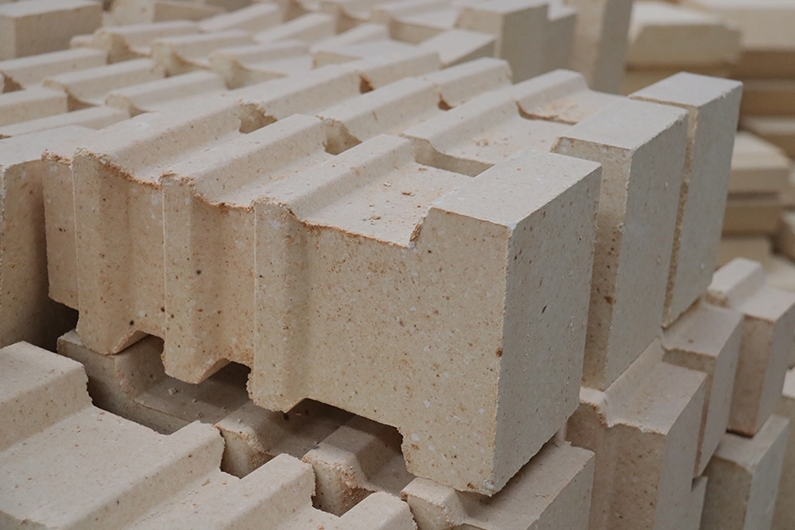- 13
- Sep
How much refractory mud is needed to build refractory bricks?
How much refractory mud is needed to build refractory bricks?
Refractory bricks are indispensable materials for the construction of industrial furnaces and kilns. Before laying refractory bricks, prepare the slurry used. The maximum particle size of the slurry should not exceed 20% of the masonry joints. The physical and chemical properties of the mud should match the type and quality of refractory bricks. When purchasing refractory bricks, it is best to appoint the manufacturer to prepare the corresponding refractory mortar to prevent mixing.

①: Refractory mud preparation procedures
The general requirements for the preparation of refractory mud should be based on the type of masonry, and the consistency and liquid content of the slurry should be determined based on tests. At the same time, check whether the masonry properties (bonding time) of the grout meet the masonry requirements. The bonding time of the grout depends on the material and size of the refractory product, generally should not exceed 2 minutes, and the number and consistency of different grouts are selected according to the type of masonry.
The determination of mud consistency shall be carried out in accordance with the requirements of the current national industry standard “Test Method for Refractory Mud Consistency”. The slurry bonding time is determined in accordance with the requirements of the current national industry standard “Test Method for Refractory Mud Bonding Time”.
There are two methods for preparing mud: natural combination of water and chemical combination. In the masonry of industrial furnaces and kilns, most of them are prepared by chemical combination, and the corresponding coagulant is added. It is characterized by fast solidification speed, high bonding strength, and no brittleness after sintering at high temperature. However, after the application of water-bonded mortar masonry, high-temperature water in the kiln volatilizes, the mortar masonry is easy to be brittle, and the masonry is not strong. In addition, the refractory slurry prepared on the same day should be used up on the same day.
2: Calculation method of refractory mud consumption
At present, there is no good way to measure the demand for refractory mud for the entire industrial furnace. Due to the different types of industrial furnaces and bricks, it is possible to build special-shaped refractory bricks. Non-standard refractory bricks or masonry positions are different, and the amount of refractory mud used for single brick masonry on the furnace wall is also different. The bottom of the furnace is different. At present, the basis for the use of refractory clay in the budget or estimate of industrial furnace engineering is the standard refractory bricks used in the construction of furnace walls. In addition, reference should be made to the joints of masonry mortar, which is the basic parameter for measuring the refractory mortar used in standard refractory bricks. Masonry mortar joints should be positioned first. The first-level ash seam is less than 1mm, the second-level ash seam is less than 2mm, and the third-level ash seam is less than 3mm. For the three types of mortar joints, secondary mortar joints are usually used for clay refractory bricks or high alumina refractory bricks.
For example, to calculate the total amount of refractory mortar required for 1000 pieces of high alumina refractory bricks, the calculation method must first be known: a=masonry mortar joint (2mm) B= brick size single-sided area (T-3 size 230*114*65 )
C=the quality of refractory mud used (the mass of high-alumina mud is 2300kg/m3) d=the amount of mud required for each brick. Finally, mud consumption d=230*114*2*2500=0.13kg (consumption per block). The total consumption of 1000 high-alumina refractory bricks is about 130kg of refractory slurry. This calculation method is a basic principle calculation method, and its specific consumption should be more than 10% of the theoretical data.
